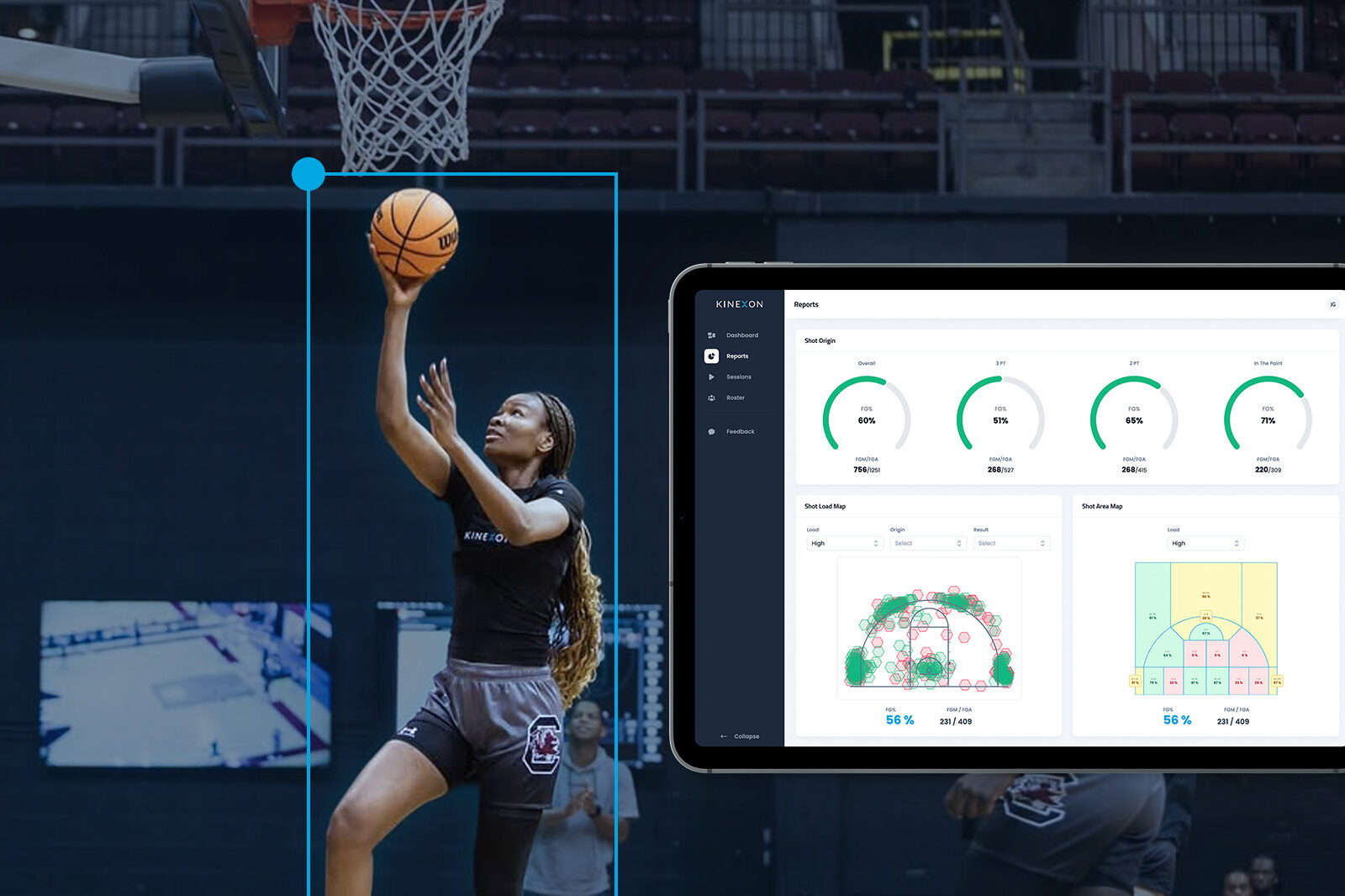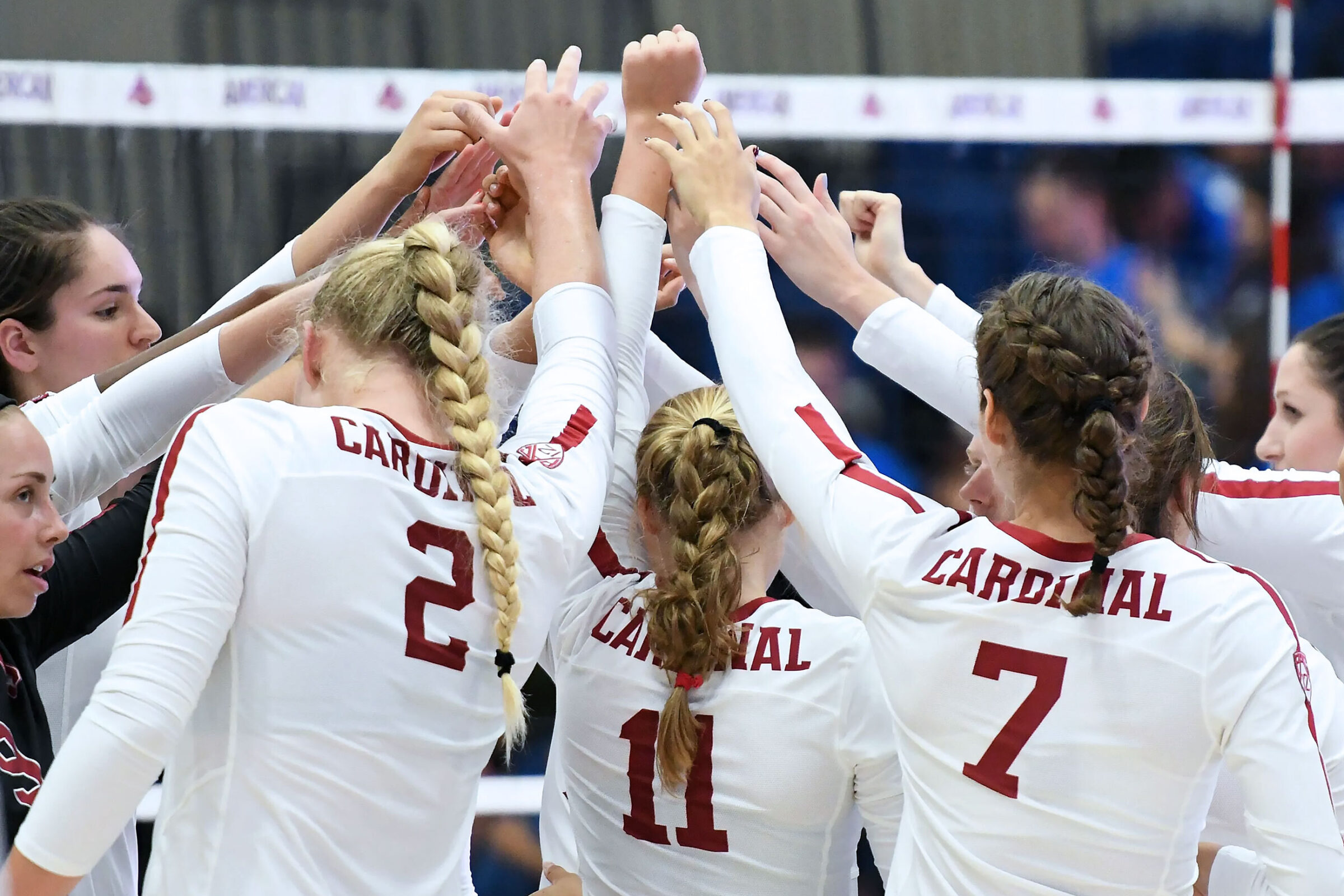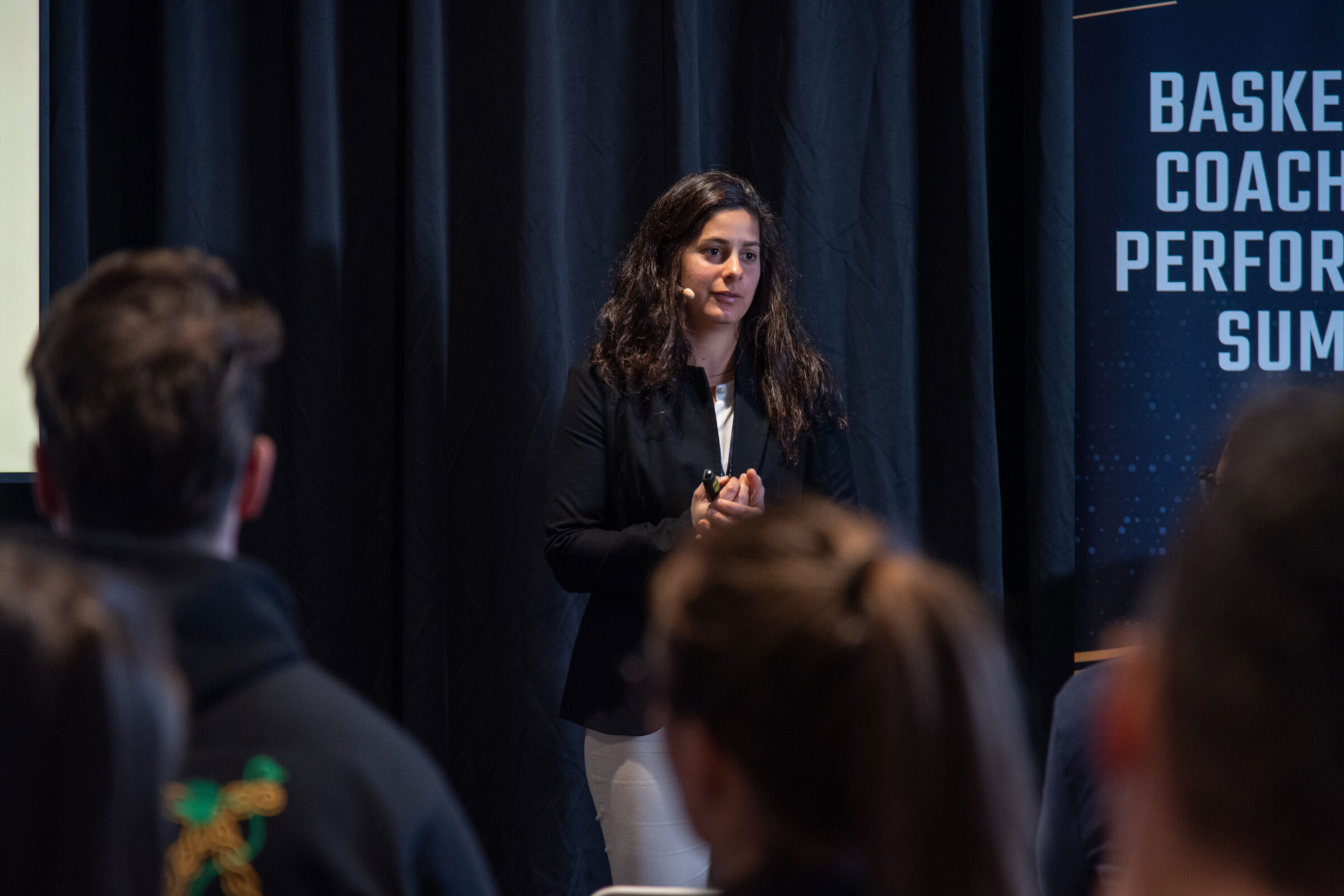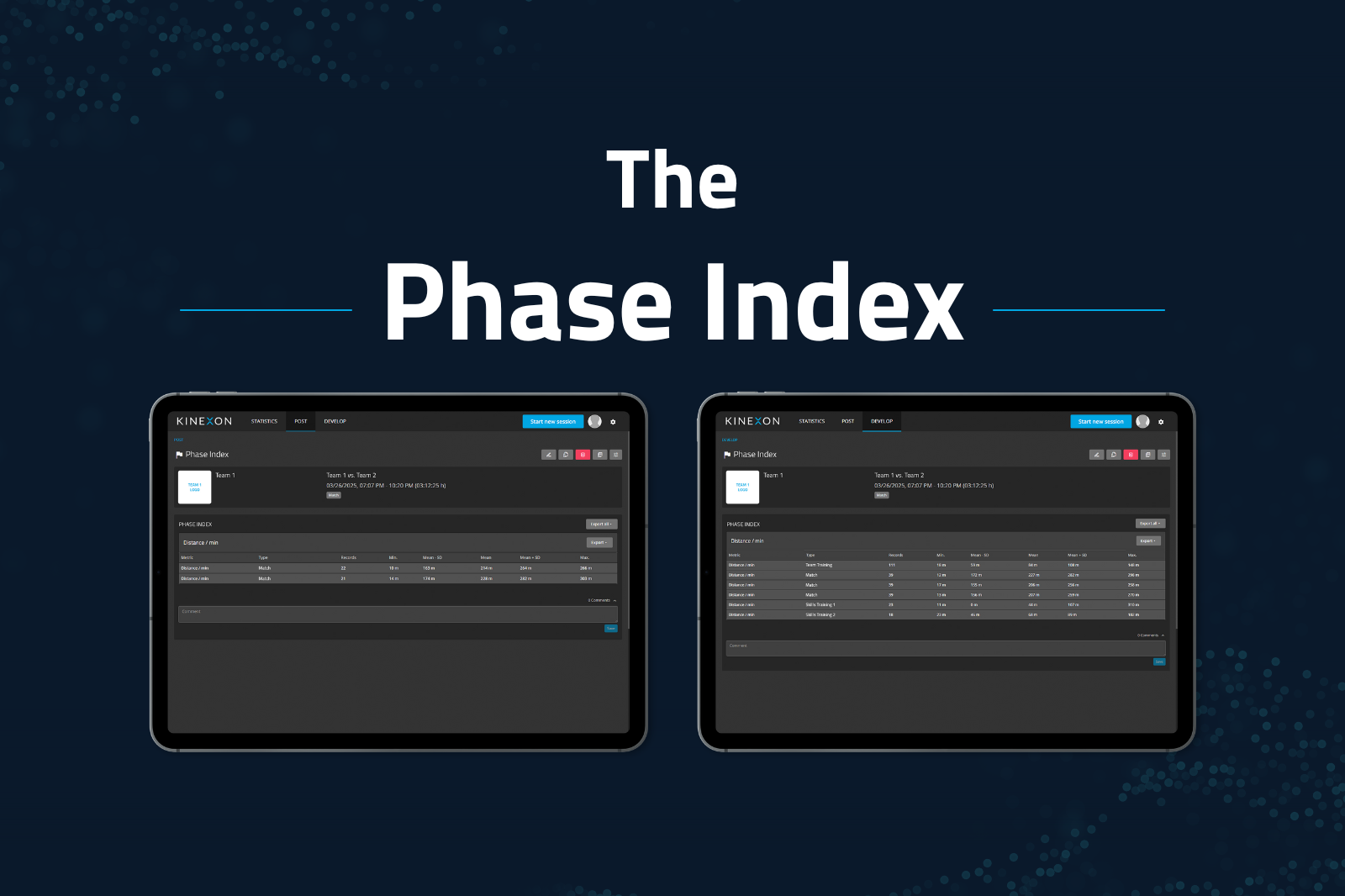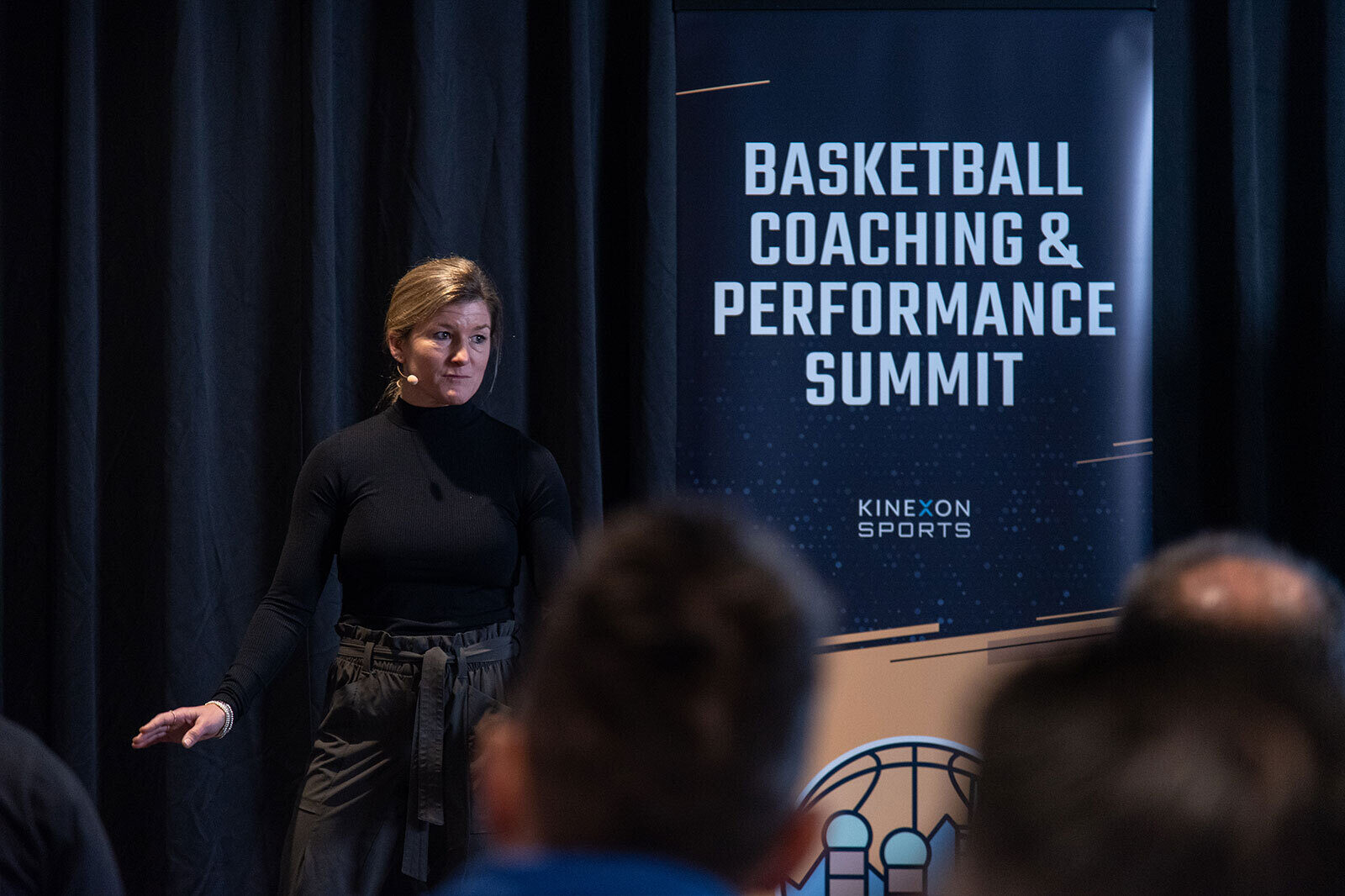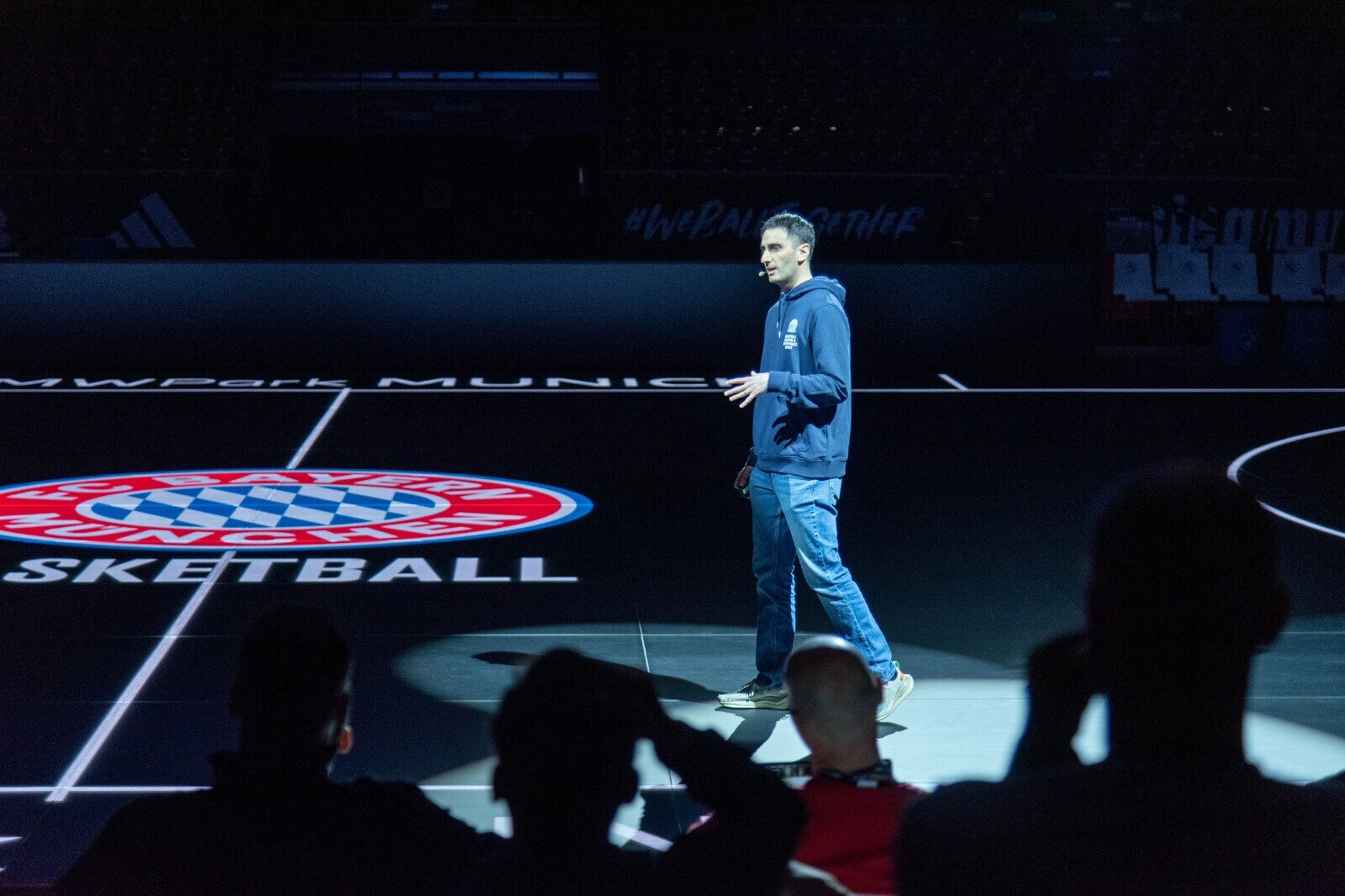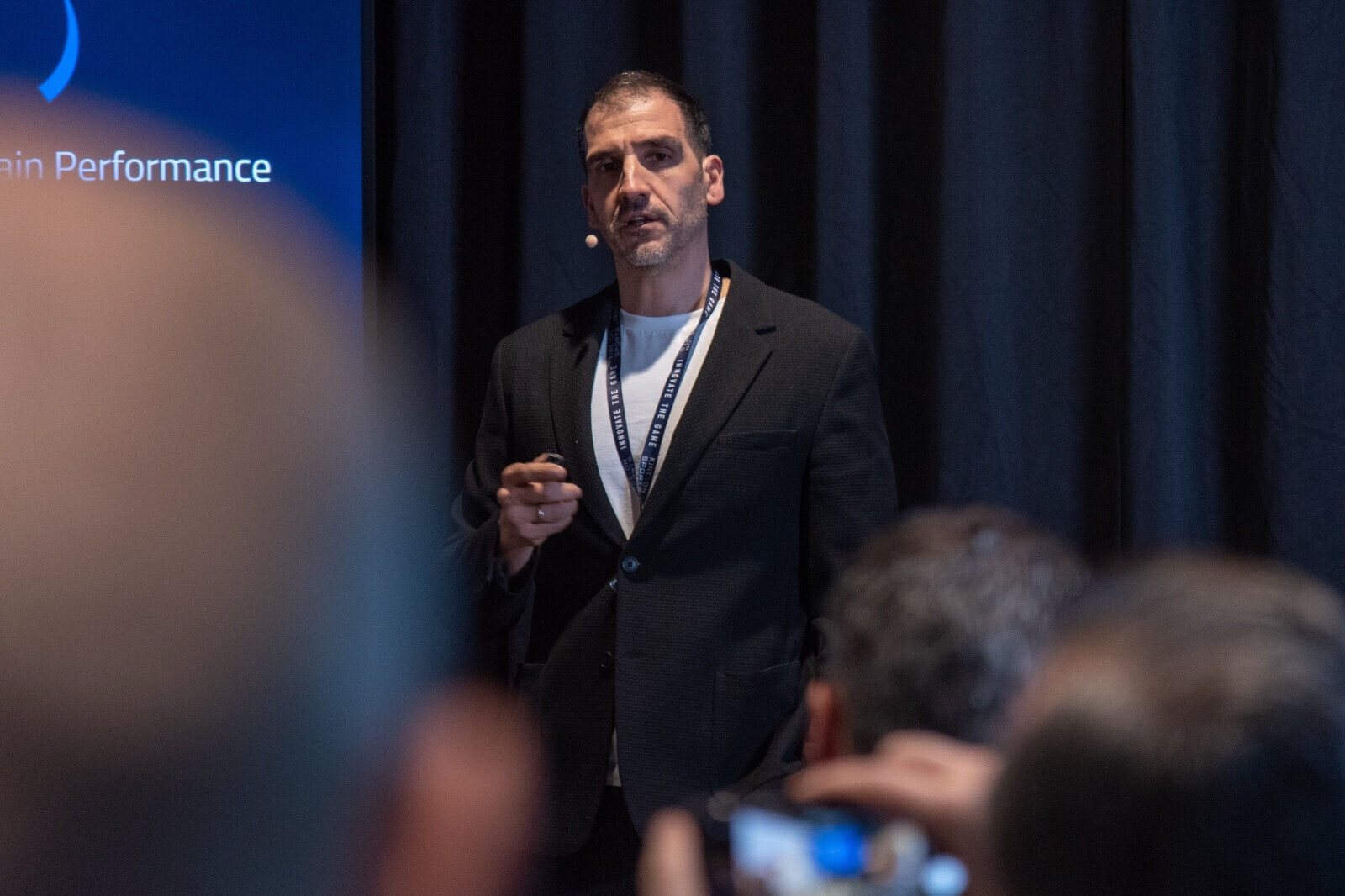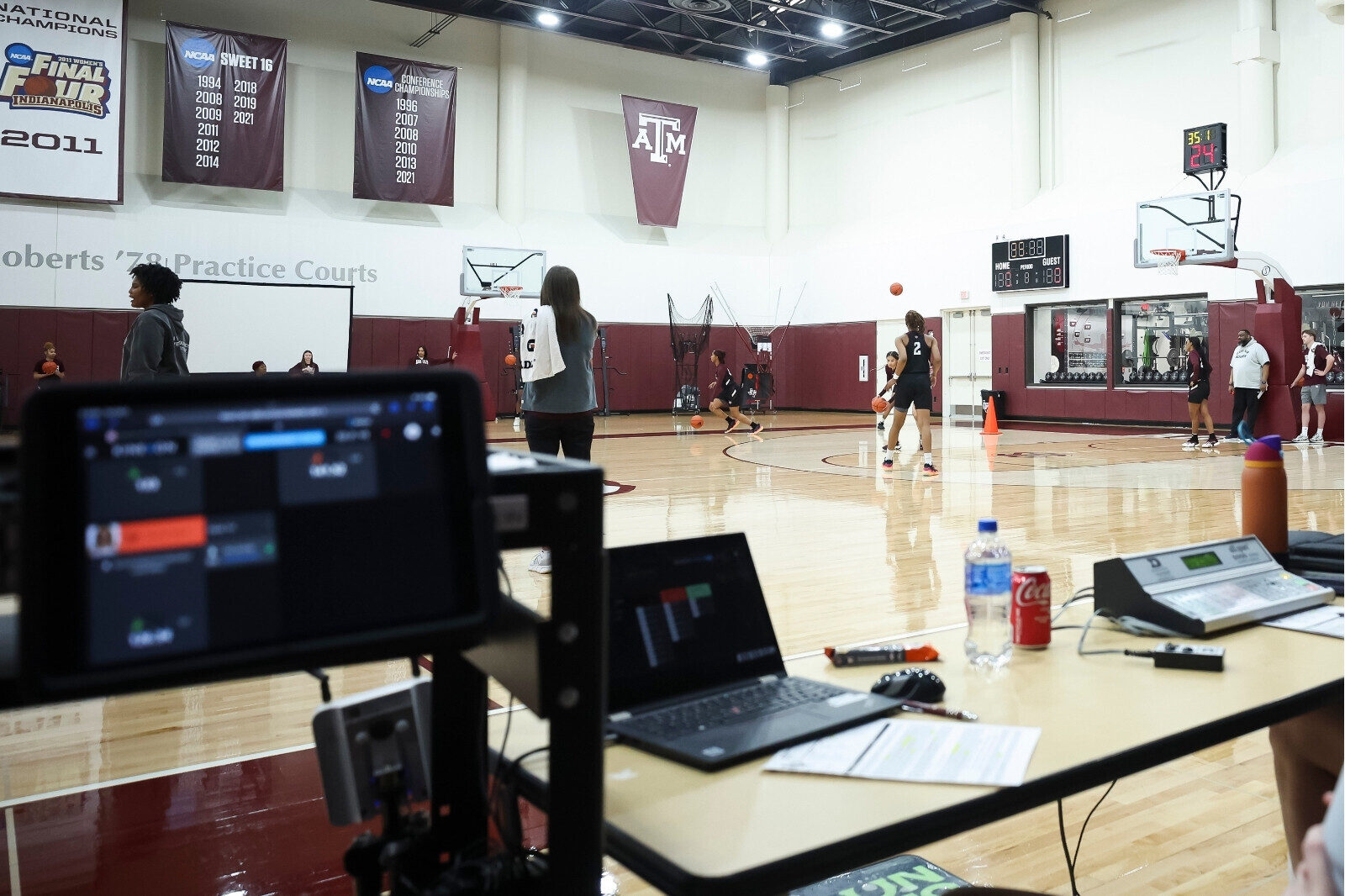How Football Analytics Rejuvenated the University of Louisiana's Training Regimen
Author: Dave Grendzynski
Coach Connor Neighbors, the University of Louisiana’s Director of Athletic Performance for Football, offers insights into how the “Ragin’ Cajuns” are using American football analytics, and transforming their training approach.

Before becoming a coach at Louisiana, Neighbors played at LSU from 2010 – 2014 and had his professional career with the Tennessee Titans cut short by an injury. That’s part of the reason he is trying to learn all that he can about using sports analytics for his players. But he wanted to find the perfect partner.
“KINEXON has been a revelation for us,” Neighbors begins. “It’s not just about the unique tech capabilities they offer; it’s the relationships we’ve built and the unwavering support they provide. When they promise round-the-clock assistance, they deliver.”
Neighbors felt they would need help establishing their process and figuring out which analytics made the most sense for a football team to track.
It Starts With Baseline Testing

The University began its journey with KINEXON during spring practice. “Our initial objective was baseline testing for all our athletes,” Neighbors explains. “This might sound simple, but considering we were integrating 85 units, 55 more than before, it required meticulous planning. Our challenge was ensuring this technology was not only integrated smoothly but also presented in a way that our coaches could easily understand.”
We’re making it easier than ever to add football analytics to your program by offering our newest solution for football, PERFORM GPS Pro. You’ll get player tracking with unrivaled live data at unmatched speeds.

“KINEXON has this fantastic feature where it adapts to our players. If an athlete clocks in a new max speed, the system updates past records, allowing us to gauge various parameters like their high-speed distances and accelerations.”
Keeping it Simple with a Fantastic Feature

The integration process turned out to be smoother than anticipated. “KINEXON has this fantastic feature where it adapts to our players. If an athlete clocks in a new max speed, the system updates past records, allowing us to gauge various parameters like their high-speed distances and accelerations.
To keep things efficient, we’ve adopted the KISS (Keep It Simple, Stupid) approach. We translate the data into straightforward terms for our coaches, ensuring they get the core insights without jargon.”
The Metrics Louisiana Utilizes

“KINEXON’s tech has bridged a previous gap for us – now we can collect data both indoors and outdoors, ensuring continuity in our analyses.”
So, how does this data impact their training routine? Neighbors elaborates, “We gathered insights from our spring practices, which informed our summer training plans. Now, during the fall camp, we’re witnessing the real-time effects of our data-driven training. Factors like practice duration and physical contact are pivotal in determining a player’s fatigue level. Whether it’s force development, speed changes, or sharp maneuvers, the data from KINEXON has been spot-on.”
But what exactly does Neighbors and his team monitor? “Our daily metrics include cumulative accelerated load, mechanical intensity, physical load, and high-speed distances. Interestingly, we’ve added our own categories, like tracking anything above 70% of a player’s max velocity. KINEXON’s tech has bridged a previous gap for us – now we can collect data both indoors and outdoors, ensuring continuity in our analyses.”
Peeling back the curtain a bit more, Neighbors reveals some unique aspects of football training. “Football is a game of starts and stops. It has roughly a 2:1 ratio of accelerations to decelerations, with significant breaks in between plays. So, not every movement demands an instant stop, which we factor into our training regimes.”
Data Reveals Sub-Optimal Exercise Plan

He then delves into a particular instance, shedding light on the profound impact of KINEXON’s data. “In July, we initiated max velocity training on Mondays. Despite initial hesitations, the results were promising. But by the week’s end, fatigue was evident among the players. Analyzing the data, we adjusted our approach the next week, focusing more on acceleration work. The reason? Our athletes were already hitting high velocities during other training days. This data-driven shift ensured we didn’t overburden our players.”
We Now Get the Info Both Inside and Out—Which We Lacked in the Past

“KINEXON isn’t just a tool; it’s our ally. It helps us discern the line between ‘what we want to do’ versus ‘what we need to do’. In a sport as demanding as football, such clarity is invaluable.”
In wrapping up, Neighbors encapsulates the transformative power of data in sports. “KINEXON isn’t just a tool; it’s our ally. It helps us discern the line between ‘what we want to do’ versus ‘what we need to do’. In a sport as demanding as football, such clarity is invaluable.”
He continues, “I must admit, our team’s readiness this season surpasses any previous year. And the credit goes to KINEXON. Their tech allows us to be objective, focusing solely on the data, which has made our training programs more effective.”
Coach Neighbors says the University of Louisiana uses KINEXON’s LPS and GPS systems. “It’s been a blessing because we can get (the information) both inside and outside with the LPS and GPS systems, which is something that we lacked in the past. So, we go inside and outside at least four times every practice in camp. And then when the season starts, we actually practice inside every day.”
As football continues to evolve, partnerships like the one between the University of Louisiana and KINEXON illustrate a future where data and sports technology seamlessly blend with athleticism and strategy.
If you’d like to watch the full interview that we recorded with Coach Neighbors… click here. You can also contact us at any time to learn about our player tracking systems for American football, or check out our guide for coaches on how to balance load management via the link below.

